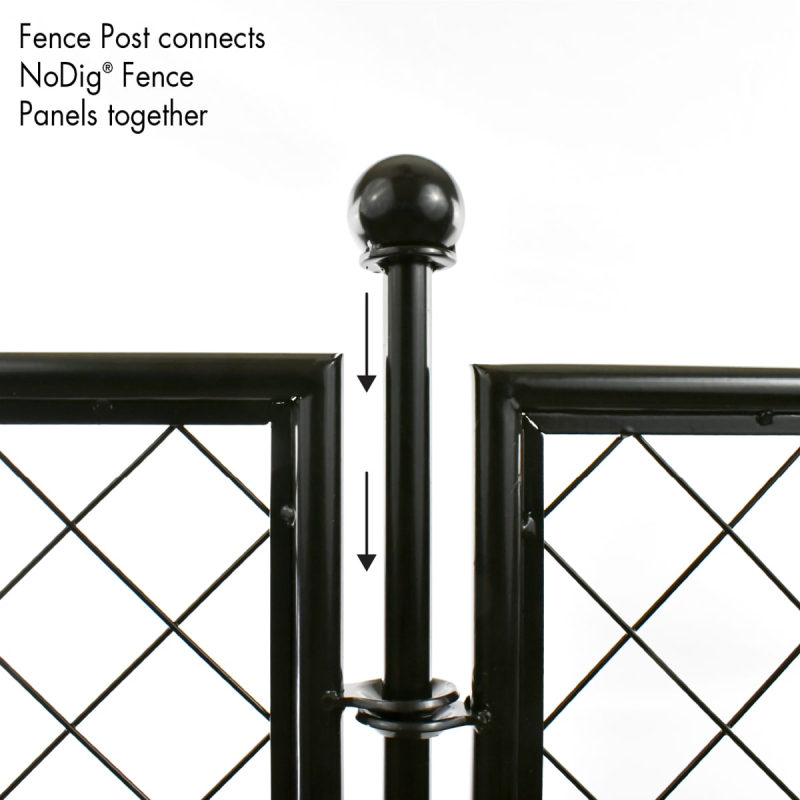barge board nails
Okt . 08, 2024 06:31
Understanding Barge Board Nails A Key Component in Roofing and Construction
When it comes to roofing and residential construction, various components work together to ensure durability, aesthetics, and functionality. One often overlooked but essential part of this construction process is the barge board nail. This specific type of fastener plays a critical role in securing barge boards, which are significant for protecting the edges of a roof.
What Are Barge Boards?
Barge boards, also known as verge boards, are wooden or synthetic panels that extend beyond the gable end of a roof. Their primary function is to provide weather protection and to enhance the visual appeal of a structure by framing the roofline. Additionally, barge boards help deflect rainwater away from the edges of the roof, preventing water from seeping into the structure and causing damage over time.
The Role of Barge Board Nails
Barge board nails are specially designed fasteners used to attach barge boards securely to the roof’s framework. These nails are typically longer and have a larger diameter compared to standard nails, ensuring that they can withstand the forces exerted due to wind, rain, and the overall weight of the roofing materials.
Using the right type of nails is crucial in maintaining the integrity of the barge boards. There are several types of nails suitable for this task, including galvanized, stainless steel, and copper nails. Galvanized nails are coated with zinc to prevent rusting, making them suitable for outdoor use. Stainless steel nails are even more resistant to corrosion and are ideal for coastal areas where salt can be a factor. Copper nails, while more expensive, are extremely durable and also resistant to corrosion.
Installation Process
barge board nails

The installation of barge boards and their accompanying nails is a process that requires precision. Firstly, the barge boards must be accurately measured and cut to fit the roof’s dimensions. Once positioned, they are typically secured at the top and bottom with a series of barge board nails.
To install, a carpenter or construction worker will usually start at the lower end of the barge board, driving in nails at a consistent interval, generally about 12 to 24 inches apart. It’s essential that each nail is driven in straight and flush with the surface to avoid splitting the wood and to ensure a clean finish.
Maintenance and Considerations
Over time, barge boards may be exposed to various elements, leading to deterioration. Regular inspections are essential to identify signs of damage, water ingress, or pest infestation. Should any issues arise, repairing or replacing the barge boards promptly will help maintain the structural integrity of the property.
When it comes to choosing barge board nails, it’s vital to consider the specific environment in which the building is located. Factors such as climate, proximity to saltwater, and the type of roofing material can all influence the choice of nails.
Conclusion
In summary, barge board nails may seem like small components in the grand scheme of a building's structure, but their importance cannot be overstated. They play a pivotal role in ensuring that barge boards remain secure and functional, providing both aesthetic appeal and vital protection against the elements. Investing in the right type of nails and ensuring proper installation can greatly enhance the longevity and durability of a roof, making them an integral part of any construction project.









 Unity
Unity Creation
Creation Challenge
Challenge Contribution
Contribution










